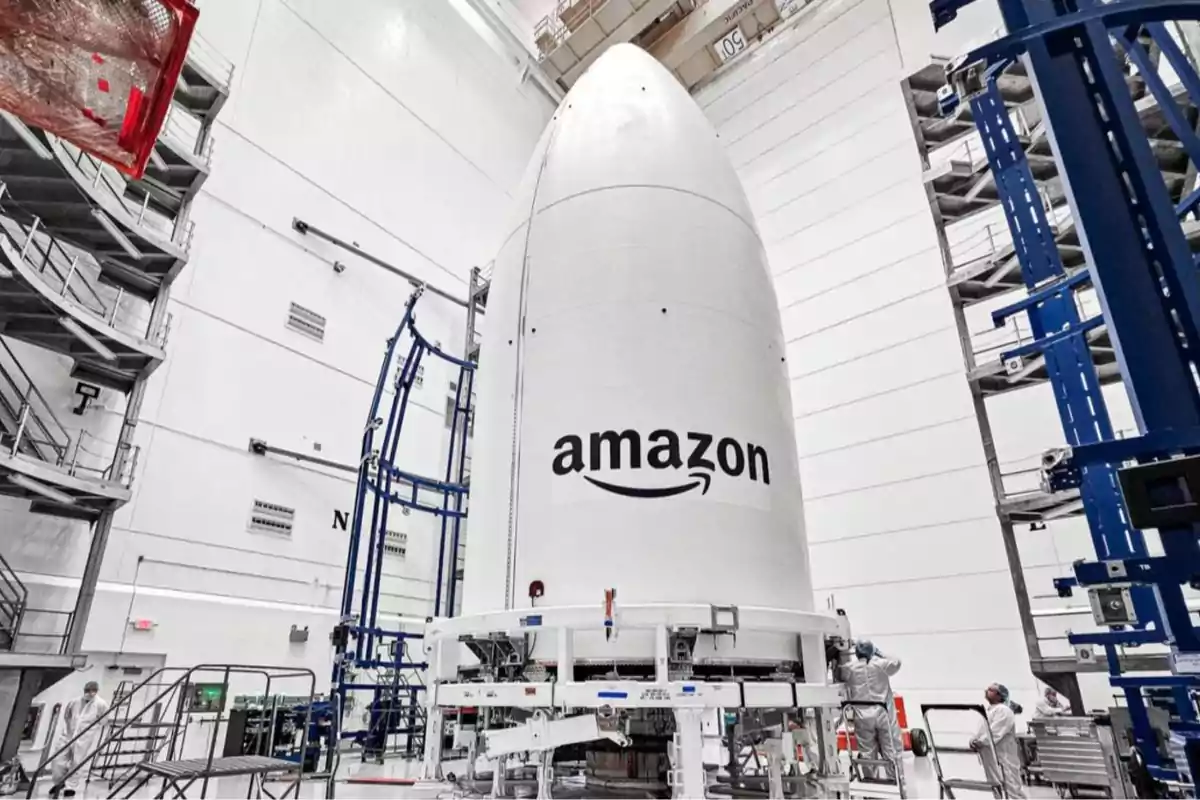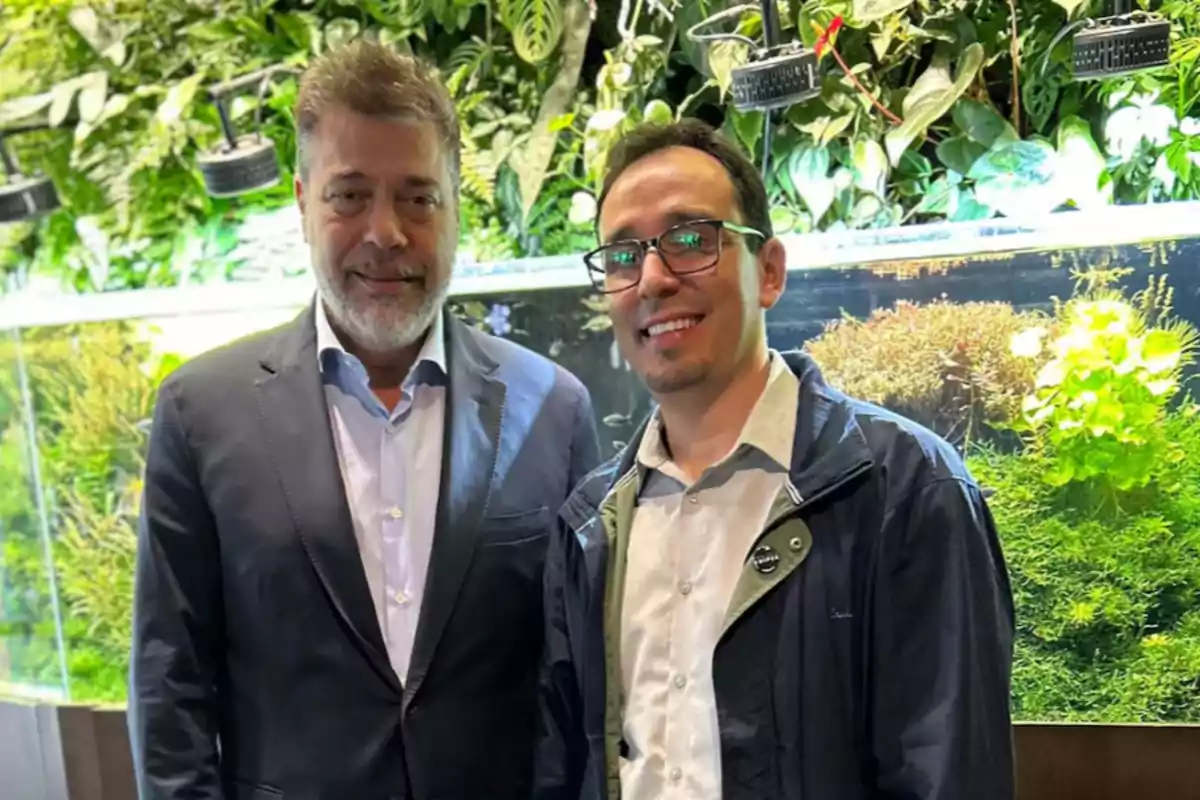
Amazon will launch its own satellite internet and will arrive in Argentina in December.
A service with a cost of less than $56,000 is expected, competing with the renowned Starlink from magnate Elon Musk
Argentina takes a historic step toward the future of connectivity. In a market-opening context driven by President Javier Milei, the tech giant Amazon announced the arrival of its high-speed satellite internet to the country, in partnership with Directv. The cutting-edge technology developed under the name Project Kuiper will be launched regionally in December of this year, opening a new era of digital inclusion in neglected and remote areas.
Project Kuiper's offering promises speeds of up to 1 Gbps, low latency, portable antennas, and anticipates a more affordable price than Starlink, the satellite service of Elon Musk. In conversation with this media, spokespersons from Directv Argentina stated that the service will cost less than the $56,000monthly that Starlink currently charges, and it can be paid in local currency. Additionally, it will include home technical service, even though the antenna will be self-installable. "Any problem goes to the home to solve it," they assured from the company.
Initially, two models of terminals will be offered, one of them specially designed for domestic use: a square antenna of 18 cm (7 inches), weighing only 450 grams (1 pound), capable of reaching speeds of up to 100 Mbps. According to Amazon, this low-cost model will allow households, SMEs, and even governments to access robust connectivity even in the most isolated regions. Later, Directv will add a third antenna model, larger in size, designed for large-scale industrial and commercial applications.

The project, which represents a global investment of 10 billion dollars, plans a constellation of more than 3,200 satellites to cover underserved areas. In the region, the service will be implemented through Vrio Corp, the parent company of Directv Latin America and Sky Brazil, with operations in Argentina, Brazil, Colombia, Ecuador, Chile, Peru, and Uruguay.
The initial phase of deployment will begin on April 9 with the launch of the KA-01 mission (Kuiper Atlas 1) from the Cape Canaveral Space Force Station, Florida.27 satellites will be sent to an orbit of 450 kilometers (280 miles) using a United Launch Alliance Atlas V rocket in its most powerful configuration, equipped with five solid rocket boosters. This will be the heaviest payload ever carried by that rocket model.

Bruno Henriques, business development leader of Project Kuiper in Latin America, explained that the satellites will complete a full orbit around the planet every 90 minutes, and the receiving antennas will be able to automatically track their movements to ensure a continuous connection. "There always has to be a satellite in the sky available," he emphasized.
The network will use inter-satellite optical links, an advanced technology that will maintain seamless connectivity even in environments where there is no terrestrial infrastructure. Additionally, the satellites will be covered by a reflective dielectric film developed by Amazon, in order to reduce their visibility from Earth and protect the work of astronomers.
Once in orbit, the devices will be operated from the Kuiper control center in Redmond, Washington, and individually repositioned to an altitude of 630 kilometers (390 miles) to provide end-to-end connectivity.
The agreement was signed by Dario Werthein, president of Vrio Corp, along with Rajeev Badyal, vice president of technology and director of Project Kuiper, and Panos Panay, leader of the devices and services area of Amazon. In January 2024, Werthein described this development as "a foundational milestone" and stated that it "will change the world, putting an end to borders in terms of connectivity."
More posts: